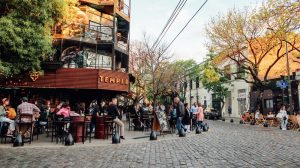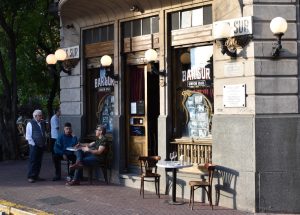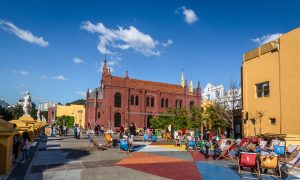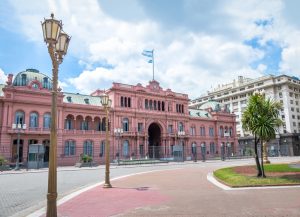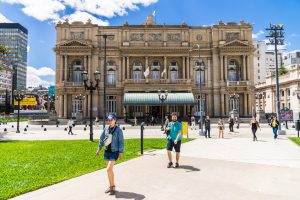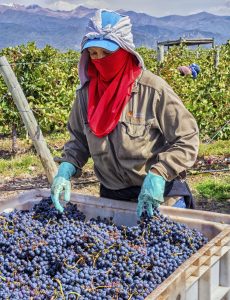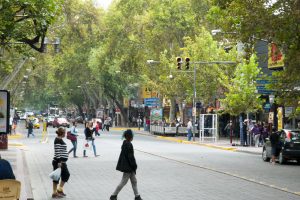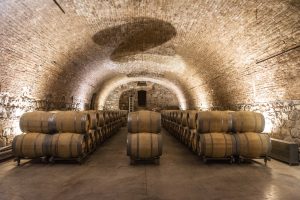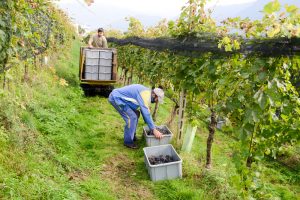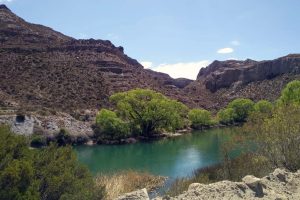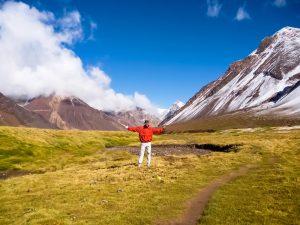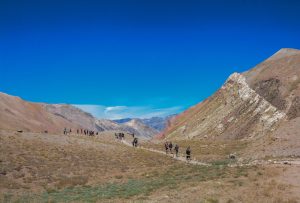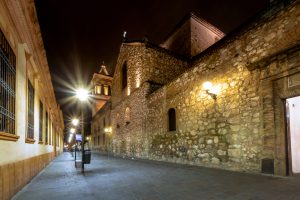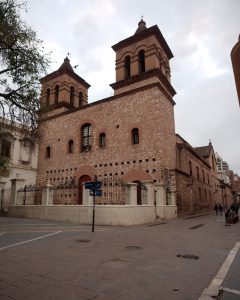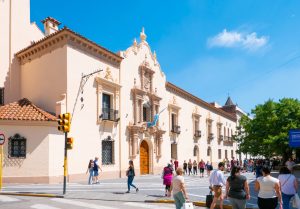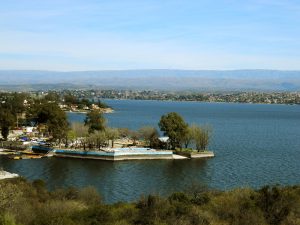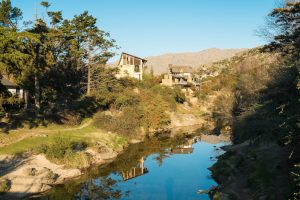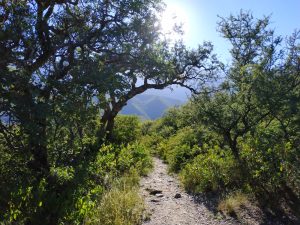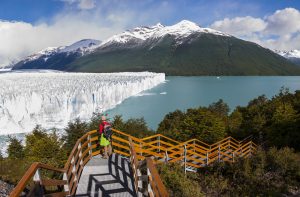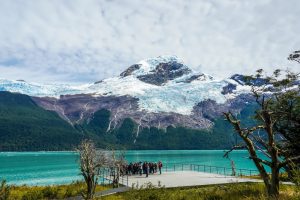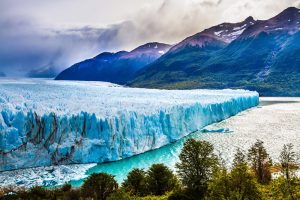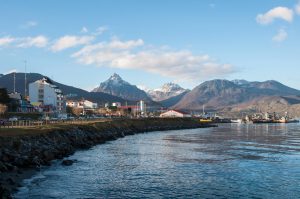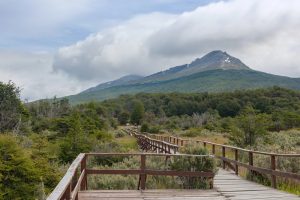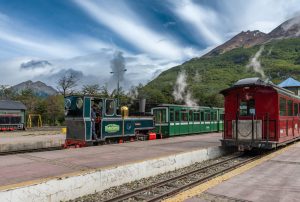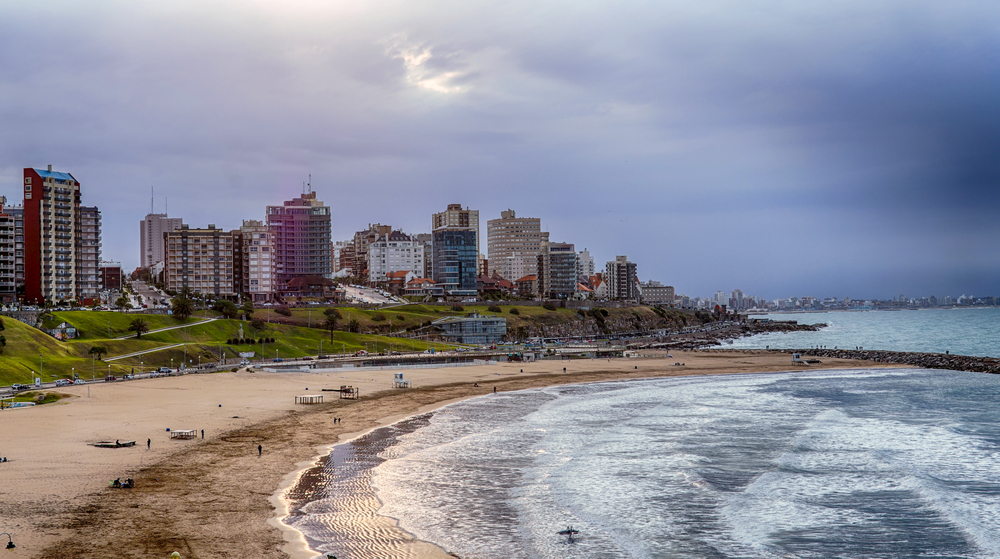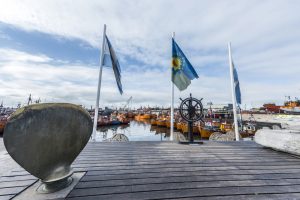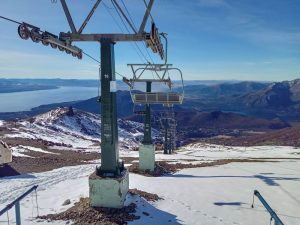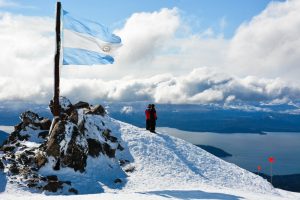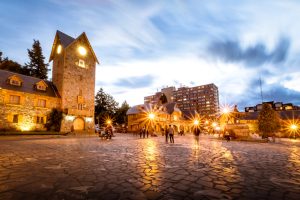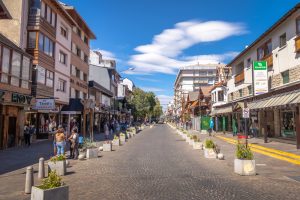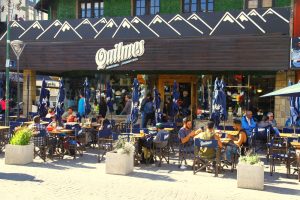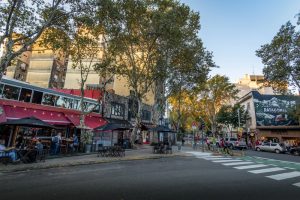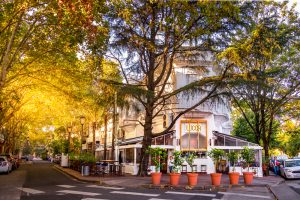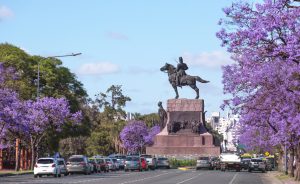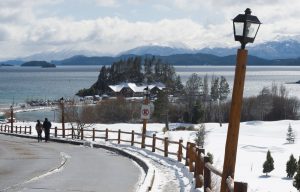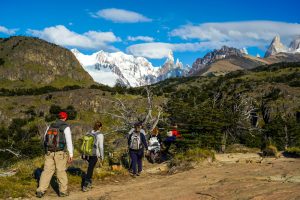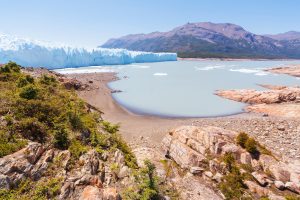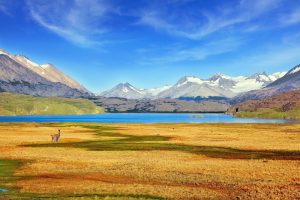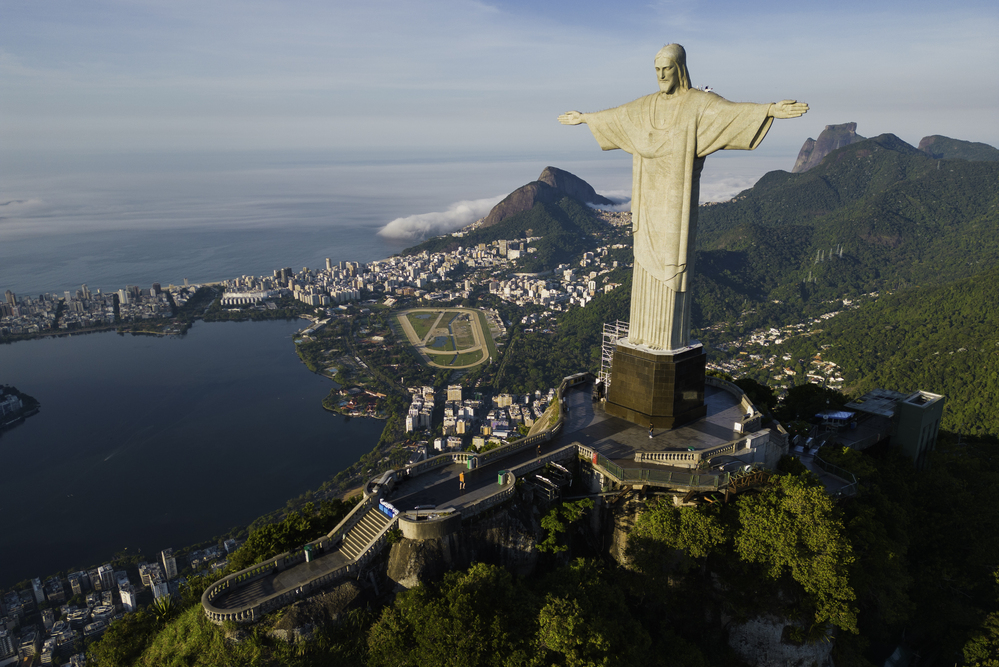When I think about the best country to visit in South America, the first thing that comes to mind is cost-effectiveness. Which currency will allow me to enjoy a dream trip without worry? Of course, there are other important factors to consider, but the fact that finances can already cover a trip to another country besides my own opens up horizons for enjoyment.
After extensive research on the cheapest currencies in South America, the most beautiful and diverse landscapes, cultural experiences, and splendid cuisine, I have gathered all this information in this article to show you the best country to visit in South America.
Best Country to Visit in South America
South America is a continent full of diversity, with landscapes ranging from tropical forests to snowy mountains, deserts, paradisiacal beaches, and vibrant cities. For those who wish to explore this fascinating destination, a common question arises: which is the best country to visit?
The answer can vary, but based on the principle of “cost-effectiveness,” we narrow it down to a good choice. South America is a continent full of incredible destinations, each with its own unique attractions and beauties. Choosing the best country to visit can be a challenge, but there is one destination that stands out for its cultural diversity, stunning landscapes, unforgettable experiences, and affordable currency: Argentina.
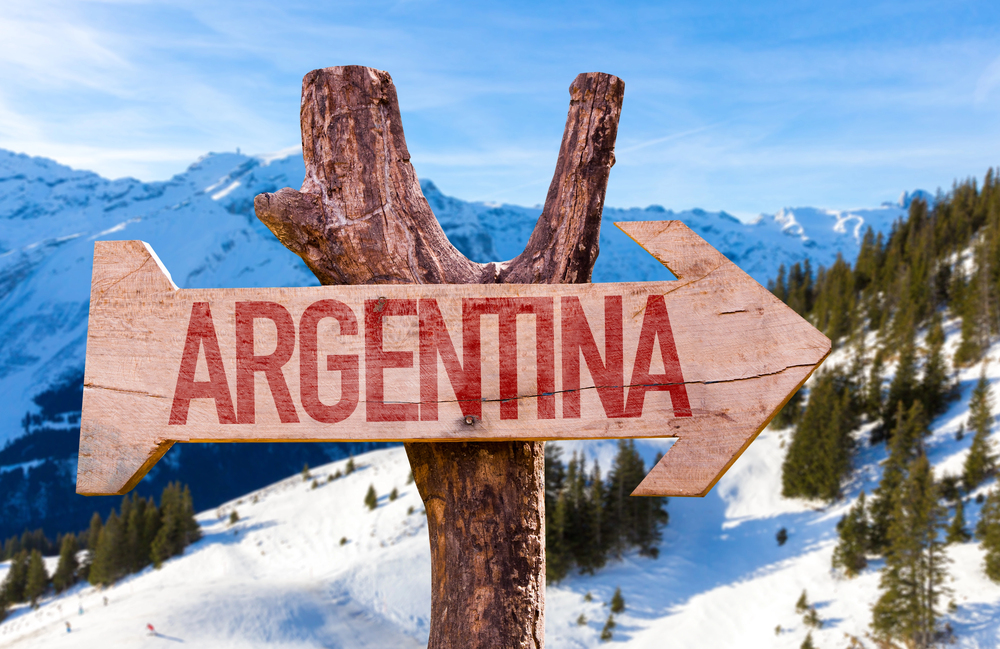
Argentina is a country that offers something for all types of travelers. If you enjoy vibrant and lively cities, Buenos Aires is the perfect place to start your journey. Besides Buenos Aires, there is adventurous Mendoza and trendy Córdoba. These cities are full of attractions for you to explore the best country to visit in South America. Stay with me, and I will show you why it is worth visiting Argentina. On the Central Bank’s website, it is possible to check currency exchange rates.
Why is Argentina Considered One of the Best Countries to Visit in South America?
Argentina is a country that enchants tourists from all over the world with its cultural diversity, stunning landscapes, and rich history. Located in the southern part of South America, the country offers a variety of experiences that cater to all tastes and interests. From the vibrant streets of Buenos Aires to the majestic mountains of Patagonia, there is always something new and exciting to discover.

One of the main reasons to visit Argentina is its capital, Buenos Aires. It is a charming destination. With its elegant avenues, charming cafes, and vibrant culture, the Argentine capital is perfect for those who love history, good food, and art. Walking through neighborhoods like San Telmo and Recoleta is like traveling back in time, while Palermo offers a modern and lively atmosphere. Tango, the symbol of the city, is everywhere, making the experience even more special.
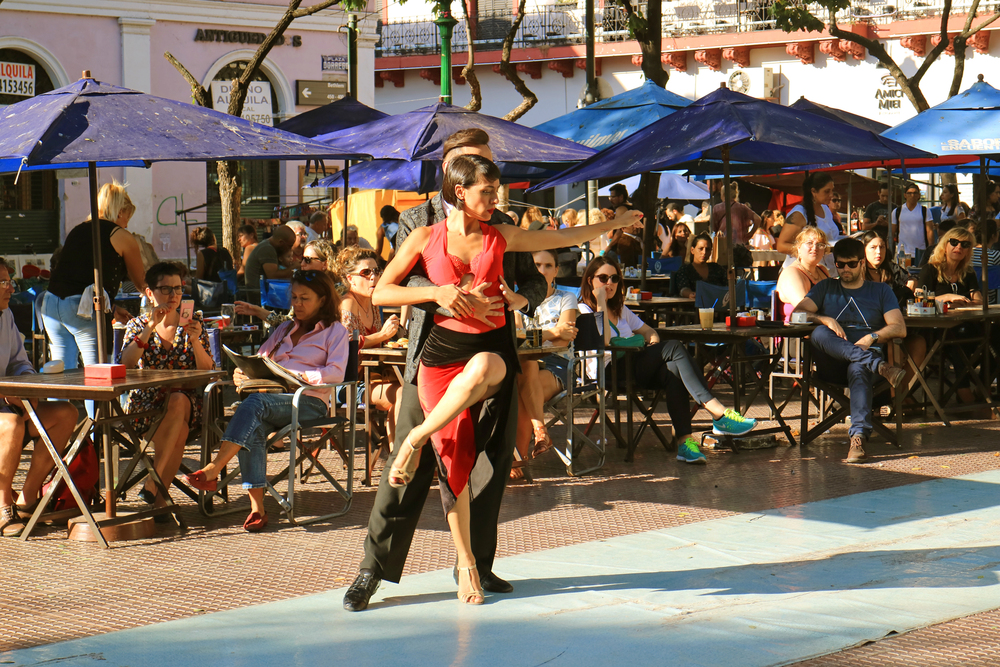
In addition to its cities, Argentina is blessed with impressive natural beauty. Patagonia, with its glaciers and wild landscapes, is a must-visit destination for nature and adventure lovers. The Iguazu Falls, one of the largest and most spectacular waterfalls in the world, are another highlight that attracts visitors from all over.
Argentinian cuisine is also a major attraction. Known for its high-quality meats, especially the famous bife de chorizo, the country’s cuisine is a true celebration of flavors. We cannot forget the empanadas, dulce de leche, and Mendoza wines, which complete the gastronomic experience.
1. Cities to Visit in Argentina
Buenos Aires: The Vibrant Heart of Argentina
Buenos Aires is a city that captivates visitors right away. With its charming atmosphere, a mix of European architecture and Latin culture, the Argentine capital is a perfect destination for those seeking history, good food, art, and lively nightlife. Known as the “Paris of South America,” the city enchants with its wide avenues, tree-lined squares, historic cafes, and a passion for tango that can be felt in every corner.
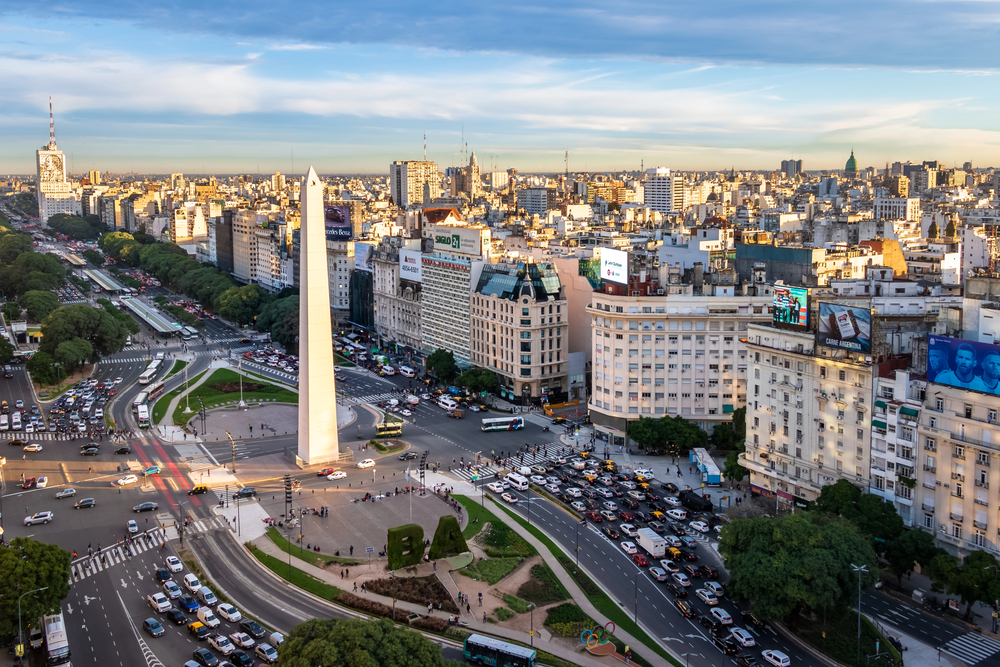
If you are planning a trip to Buenos Aires, get ready for a unique experience. Walking through neighborhoods like San Telmo, with its cobblestone streets and antique markets, is like stepping back in time. In the modern and sophisticated neighborhood of Palermo, you will find trendy restaurants, cool bars, and parks perfect for an outdoor stroll. Recoleta, on the other hand, is an elegant neighborhood where the famous Recoleta Cemetery is located, the resting place of important Argentine personalities such as Eva Perón.
In addition to its iconic neighborhoods, Buenos Aires offers numerous cultural attractions. The Teatro Colón, one of the most important theaters in the world, is a must-visit for music and architecture lovers. The Casa Rosada, the seat of the Argentine government, is one of the city’s most famous landmarks. And, of course, for those who want to experience Argentina’s passion for football up close, a visit to La Bombonera stadium, home of Boca Juniors, is a must.
Another highlight of Buenos Aires is its gastronomy. The city is famous for its parrillas, where you can enjoy tender and juicy cuts of meat. Be sure to try the Argentine empanadas and dulce de leche, which are true classics of the local cuisine. To accompany your meal, try a Malbec wine, produced in the Mendoza region, or a traditional mate, a beverage highly appreciated by Argentinians.
Mendoza: Wines, Nature, and Adventures at the Foot of the Andes
If you love wines, stunning landscapes, and adventure, Mendoza is a destination that cannot be left off your list. Located in western Argentina, at the foot of the imposing Andes Mountains, this city is world-famous for its vineyards and the production of the iconic Malbec wine. But Mendoza goes far beyond wine glasses: it offers outdoor activities, high-quality gastronomy, and pleasant weather almost all year round.
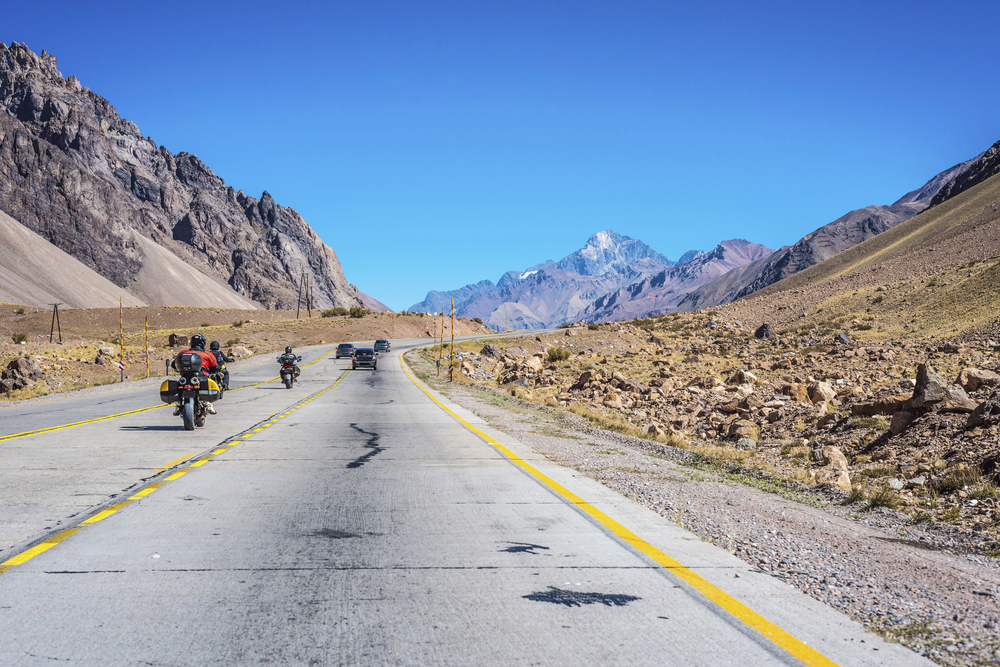
When you arrive in Mendoza, you immediately notice that the city has a relaxed pace, tree-lined streets, and well-maintained squares. Walking through the city center is a pleasant experience, with charming cafes, restaurants, and markets selling local products such as olive oil, sweets, and, of course, wines. But the main highlight of the region lies in its surroundings: the wineries, known as bodegas, scattered throughout the fertile valleys of the province.
The wineries of Mendoza are a separate attraction. Some are small and family-run, offering an intimate experience, while others are grand and modern, with impressive facilities. The tours of the bodegas include tastings guided by sommeliers and the chance to learn about the wine production process, from grape harvesting to aging in oak barrels. For those seeking an even more special experience, there are options for horseback riding through the vineyards or even picnics with a view of the Andes.
In addition to wines, Mendoza is a paradise for nature lovers and extreme sports enthusiasts. The Aconcagua Provincial Park, home to the highest peak in the Americas, attracts adventurers from all over the world for hiking and climbing. Those who prefer something more relaxed can explore the beautiful scenery of the region on bike rides or unwind in natural hot springs, such as those in Cacheuta. For the more daring, activities like rafting on the Mendoza River and paragliding over the valleys provide excitement and adrenaline.
Mendoza’s gastronomy also deserves special mention. Local restaurants offer delicious dishes, many of them paired with wines from the region. One of the most traditional dishes is the Argentine parrillada, with succulent cuts of meat grilled over an open flame. It’s also worth trying the Mendocino empanadas and artisanal sweets made with dulce de leche.
Córdoba: History, Nature, and Culture in the Heart of Argentina
Córdoba is a destination that surprises travelers with its perfect combination of history, culture, and natural beauty. Located in the center of Argentina, this vibrant city is the second largest in the country and one of the main university hubs, ensuring a young and lively atmosphere. With colonial churches, charming squares, stunning mountain ranges, and a bustling nightlife, Córdoba is a place that appeals to both history lovers and those passionate about adventure and nature.
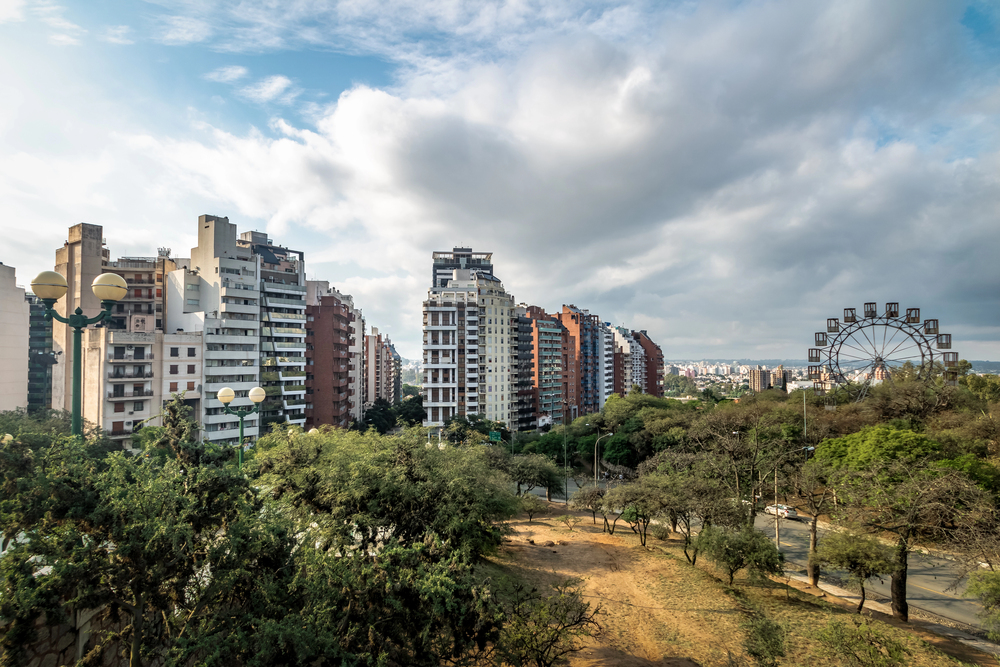
The historic center of Córdoba is a great starting point for exploring the city. With cobblestone streets and buildings dating back to the colonial period, the area houses one of the largest Jesuit heritage sites in South America. The Manzana Jesuítica, a complex of historic buildings listed by UNESCO, is one of the city’s most important tourist attractions. Here, you can visit the University of Córdoba, the oldest in Argentina, as well as the Church of the Society of Jesus and the National College of Monserrat.
But Córdoba is not just about history. The city is surrounded by impressive natural landscapes, perfect for those who enjoy outdoor activities. The Sierras de Córdoba, a mountain range near the city, offer numerous options for hiking, waterfalls, and viewpoints with incredible views. Destinations like La Cumbrecita, a charming alpine-style village, and Villa Carlos Paz, with its tranquil lake and lively nightlife, are must-see trips for those who want to explore the region.
Another highlight of Córdoba is its vibrant culture. As an important university hub, the city has a lively nightlife, with bars, pubs, and music venues spread across neighborhoods like Güemes and Nueva Córdoba. Additionally, Córdoba is known for its festivals and folk traditions, such as the National Folklore Festival of Cosquín, which takes place annually and celebrates Argentine music and dance.
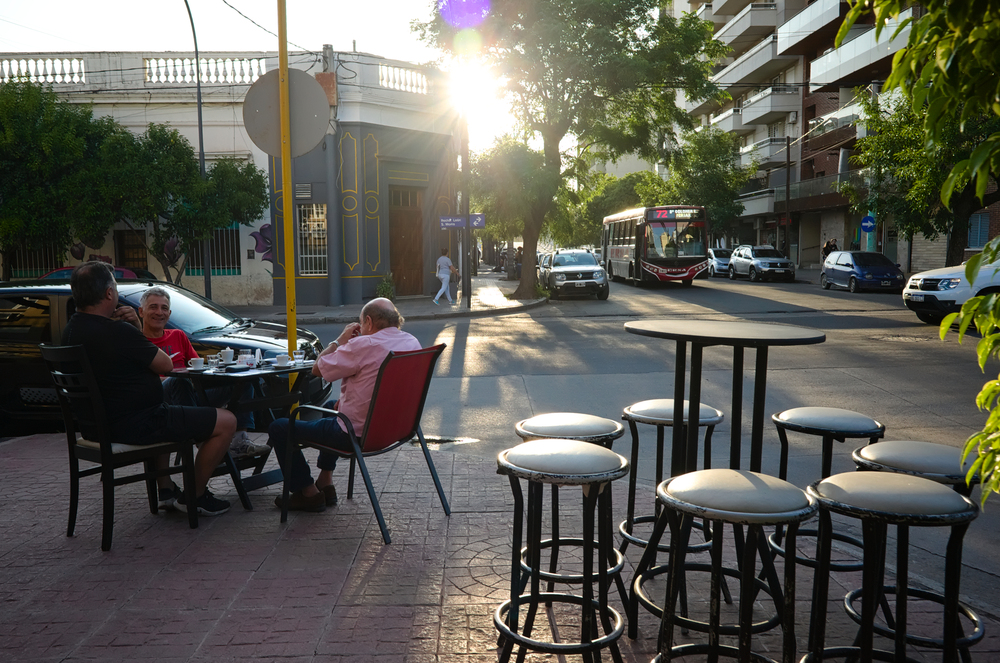
In terms of gastronomy, Córdoba also stands out. The city’s restaurants and markets offer typical delights, such as the famous Cordoban empanadas, filled with meat and special seasonings. For those with a sweet tooth, the traditional Cordoban colación, a type of sweet bread filled with dulce de leche, is a true local classic.
2. Natural Beauties Argentine
Patagonia: A Paradise of Incredible Landscapes and Adventures
Argentine Patagonia is one of the most impressive destinations in the world. With breathtaking landscapes ranging from snowy mountains to crystal-clear lakes and giant glaciers, this region in the far south of the country enchants travelers seeking adventure, contact with nature, and unique experiences.
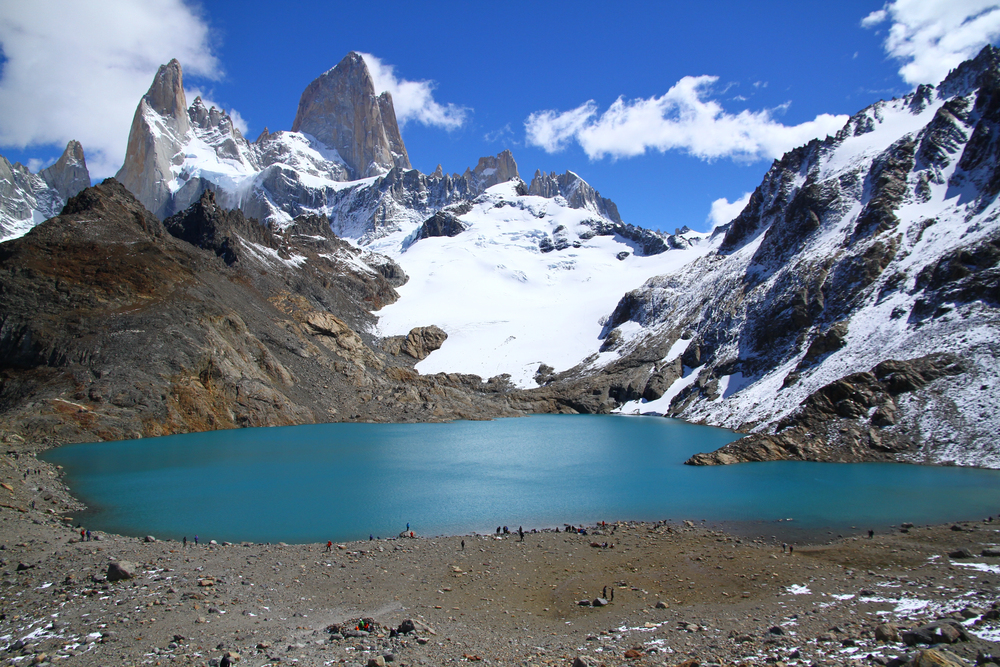
Patagonia is vast and diverse, covering a huge area that includes national parks, charming cities, and rich wildlife. Among the most famous destinations is El Calafate, home to the spectacular Perito Moreno Glacier, one of the few glaciers in the world that is still advancing. The spectacle of ice blocks breaking off and falling into the cold waters of Lake Argentino is unforgettable.
Another must-see destination is Bariloche, known for its mountains, lakes, and forests that resemble European landscapes. In winter, the city transforms into a paradise for skiing and snowboarding enthusiasts, while in summer, it is ideal for hiking, boat trips, and tasting artisanal chocolates.
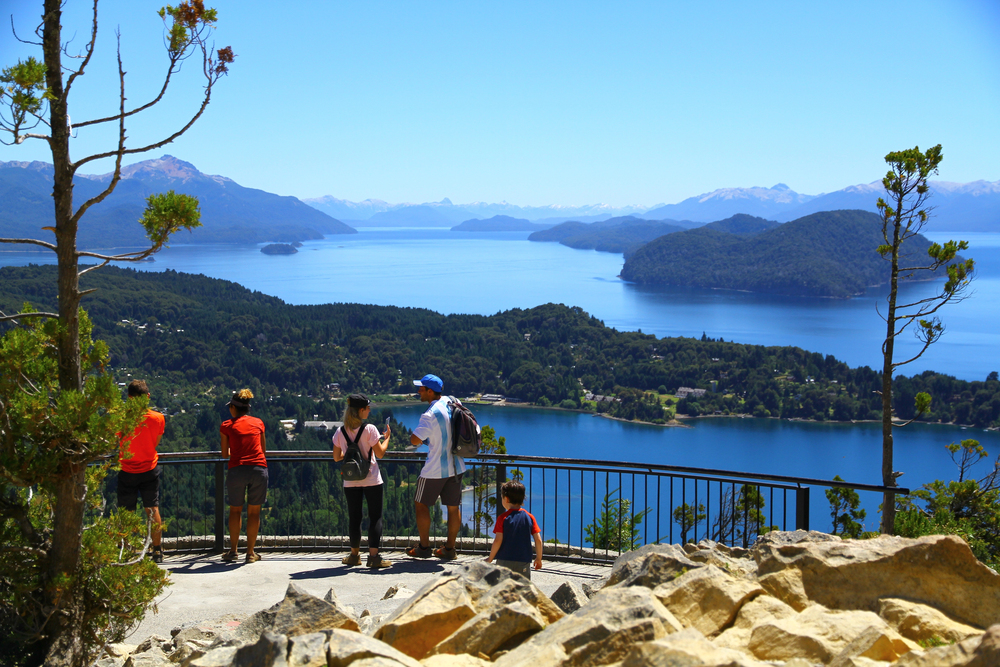
For the more adventurous, El Chaltén is the perfect destination. Considered the Argentine capital of trekking, this small village offers incredible trails, such as the one leading to the iconic Mount Fitz Roy, one of the most challenging mountains for climbers in the world. Meanwhile, in the Valdés Peninsula, visitors can observe whales, penguins, elephant seals, and orcas up close in their natural habitat.
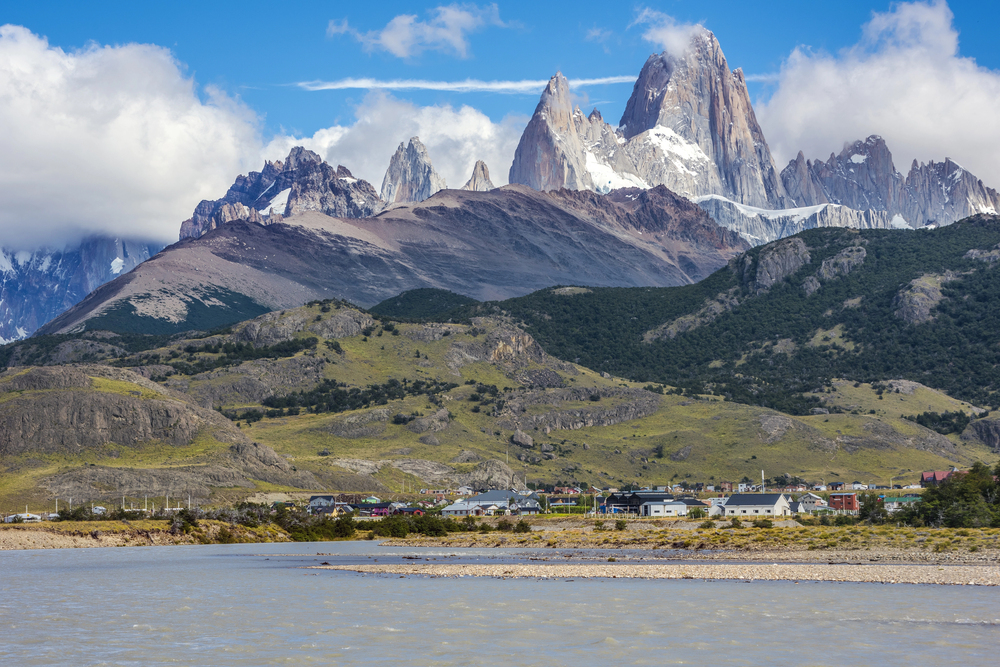
At the southernmost tip, Ushuaia, known as the “City at the End of the World,” is the gateway to Antarctica and a destination full of unique experiences. From there, you can sail through the Beagle Channel, visit the Tierra del Fuego National Park, and even take a historic train ride on the End of the World Train.
Patagonian cuisine is also a highlight. The roasted Patagonian lamb, fresh seafood, and regional wines perfectly complement the cold and rustic climate of Patagonia.
Iguazu Falls: A Natural Spectacle
Iguazu Falls is one of the most impressive destinations in the world. Located on the border between Brazil and Argentina, they form a set of more than 270 waterfalls amidst the lush Atlantic Forest. This natural spectacle attracts millions of visitors every year, who come from different parts of the world to admire the grandeur and power of the waters.
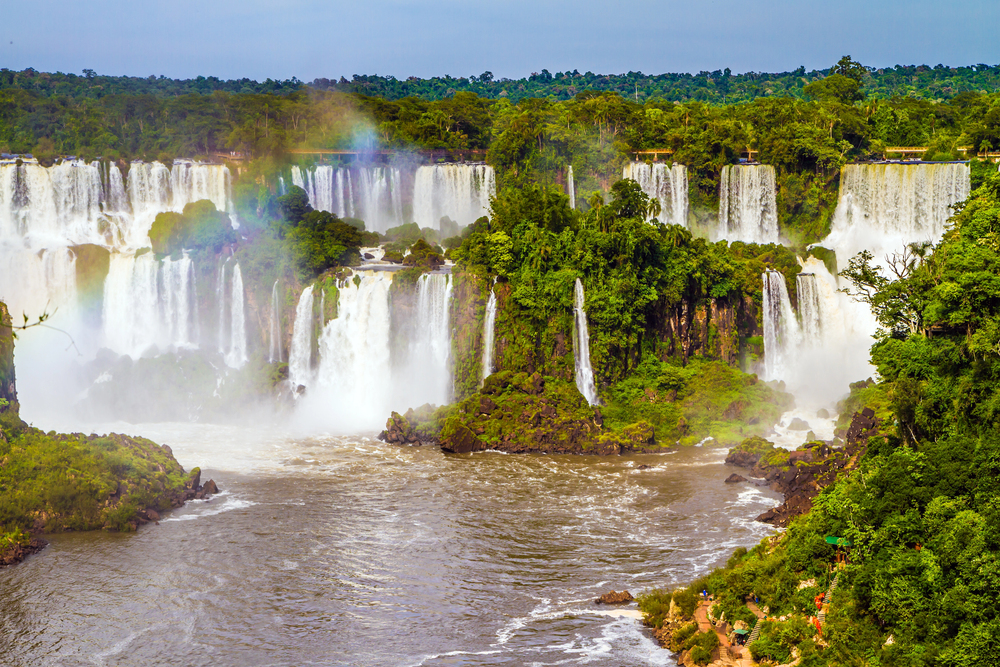
The name “Iguaçu” comes from the Tupi-Guarani language and means “big water,” which makes perfect sense when you encounter this natural wonder. The largest and most famous waterfall in the complex is the Devil’s Throat, over 80 meters high. The sight of the waters falling forcefully amidst a cloud of mist is simply unforgettable.
The falls can be visited from both the Brazilian and Argentine sides, each offering unique experiences. In the Iguaçu National Park in Brazil, there is a panoramic trail that provides a spectacular view of the falls, allowing you to get very close to the Devil’s Throat via suspended walkways. Meanwhile, in the Iguazú National Park in Argentina, visitors can explore different trails and platforms that lead to incredible angles of the waterfalls, often very close, ensuring an even more immersive experience.
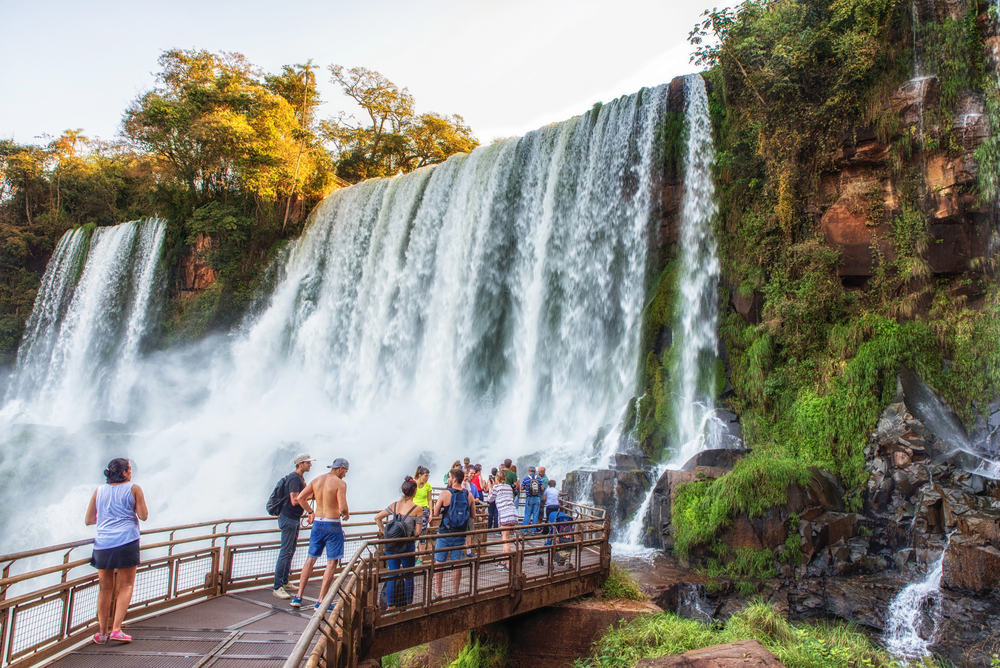
For the more adventurous, there are several exciting activities, such as the famous Macuco Safari boat ride, which takes visitors under the waterfalls, ensuring a refreshing shower. Another incredible experience is flying over the Falls by helicopter, providing an impressive panoramic view.
In addition to the Falls, the region offers other must-see attractions. The Bird Park, located near the entrance to Iguaçu National Park, is a refuge for various tropical species, including macaws and toucans. Another point of interest is the Itaipu Hydroelectric Dam, one of the largest in the world, which offers guided tours for those who want to learn more about its grand structure and operation.
3. Beaches and Ski Resorts
Mar del Plata: The Most Famous Beach Destination in Argentina
Mar del Plata is the most famous coastal city in Argentina and one of the favorite destinations for Argentinians during the summer. Located in the province of Buenos Aires, about 400 km from the capital, this city combines beautiful beaches, lively nightlife, rich culture, and irresistible cuisine. With a complete infrastructure for tourists, Mar del Plata is ideal for those seeking relaxation by the sea as well as those wanting to enjoy cultural and leisure activities.
The main attraction of the city is undoubtedly its beaches. Mar del Plata has a wide variety of beaches that cater to all types of travelers. The busiest ones, like Playa Bristol, are located in the center and are ideal for those who enjoy a lively atmosphere, with bars, restaurants, and complete infrastructure. For those who prefer a quieter environment, the southern beaches, such as Playa Serena and Playa Escondida, offer a more peaceful retreat and direct contact with nature.
In addition to the beaches, the city has several tourist attractions. The Casino Central, one of the largest in Latin America, is an iconic spot for those who enjoy games and entertainment. The Mar del Plata Aquarium and the Sea Museum are great options for families and for those who want to learn more about the region’s marine life. Another must-see stop is the Puerto de Mar del Plata, where you can see sea lions resting on the rocks and taste fresh seafood at local restaurants.
The gastronomy of Mar del Plata is a spectacle in itself. The city is famous for its seafood, with typical dishes such as rabas (fried squid) and grilled fish. Another highlight is the traditional medialunas, Argentine croissants perfect for breakfast, and the famous alfajores from Mar del Plata, like those from the Havanna brand, which are a true symbol of the city.
Mar del Plata also has a lively nightlife, with bars, concert halls, and theaters offering shows throughout the year. In the summer, the city hosts numerous festivals and events, making it one of the most important cultural centers in Argentina.
Bariloche: The Jewel of Argentine Patagonia
San Carlos de Bariloche, or simply Bariloche, is one of the most charming destinations in Argentina. Located in the Patagonia region, this city is famous for its snow-covered mountains, crystal-clear lakes, and charming alpine-style architecture. Whether in winter or summer, Bariloche offers incredible landscapes and activities for all types of travelers.
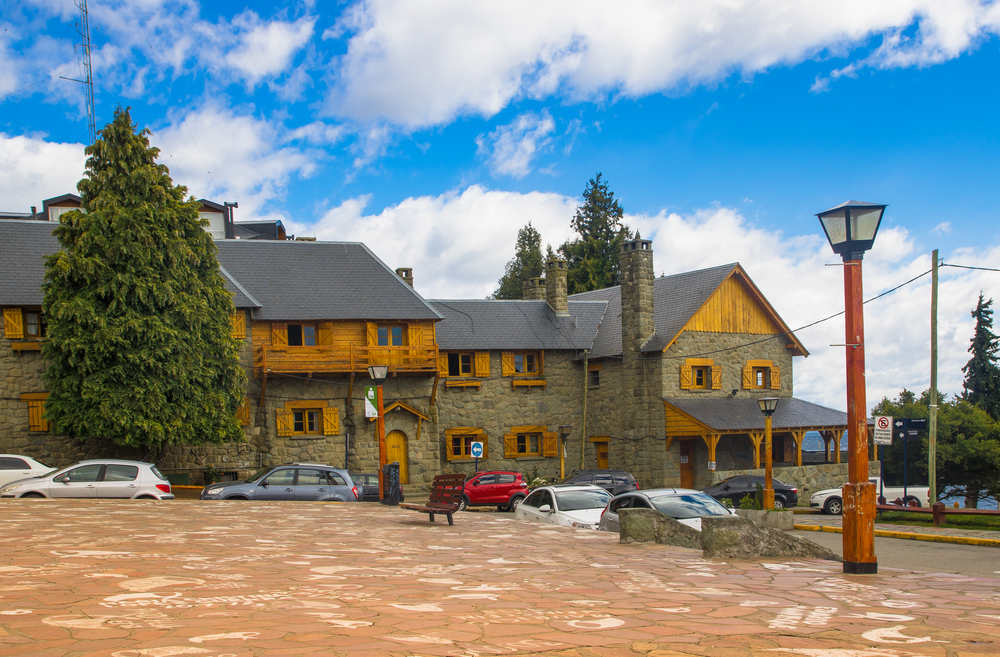
During the winter, Bariloche transforms into a paradise for snow sports enthusiasts. Cerro Catedral, the largest ski resort in South America, attracts skiers and snowboarders from all over the world. Even for those who do not ski, there are various options for fun in the snow, such as sledding, snowshoeing, and snowmobile tours. Additionally, the city takes on a magical atmosphere, with illuminated streets and fireplaces lit in cafes and restaurants.
In summer, Bariloche reveals an equally charming side. The region’s lakes, such as Lake Nahuel Huapi and Lake Moreno, become the perfect setting for kayaking, stand-up paddleboarding, and nature trails. The Circuito Chico, one of the most famous tours in the region, takes visitors to spectacular viewpoints like Cerro Campanario, offering an impressive panoramic view of Patagonia’s mountains and lakes.
In addition to the natural landscapes, Bariloche has a strong European influence, especially from Swiss and German cultures. This is reflected in its architecture and gastronomy. The city is known as the chocolate capital of Argentina, and a stroll along Mitre Street is a must to taste artisanal chocolates from traditional brands like Rapa Nui and Mamuschka. Another highlight of the local cuisine is fresh trout and Patagonian lamb, typical dishes of the region.
For those seeking adventure, relaxation, or simply the chance to admire nature, Bariloche is an unmissable destination. With breathtaking landscapes, activities for all seasons, and a welcoming atmosphere, this city captivates everyone who visits.
4. Practical Tips
When Is the Best Time to Visit Argentina?
Argentina is a country with diverse landscapes and a climate that varies significantly from north to south. Therefore, the best time to visit depends largely on your destination and the type of experience you’re looking for.
If you want to enjoy Buenos Aires, the best time to visit is in spring (September to November) or autumn (March to May). During these seasons, the weather is mild, the streets are filled with blooming flowers or warm autumn hues, and there are fewer tourists than in summer. Moreover, strolling through the city’s charming neighborhoods, such as Palermo and San Telmo, is much more enjoyable with temperatures ranging between 15°C and 25°C.
For those who dream of seeing snow and skiing, winter (June to August) is the best choice. Bariloche, Mendoza, and Ushuaia are stunning during this season, with snow-covered landscapes and excellent ski resorts. Ushuaia, the southernmost city in the world, also offers the chance to witness unique frozen scenery and take boat tours through the Beagle Channel.
In summer (December to February), the spotlight is on Patagonia and the lake region. This is the best time to explore national parks such as the Perito Moreno Glacier in El Calafate and the El Chaltén area, which is perfect for hiking. The weather is more pleasant, ranging between 10°C and 25°C, making it ideal for outdoor activities.
If your destination is northern Argentina, such as Salta and Jujuy, autumn and spring are ideal, as the summer heat can be intense.
Transportation and Accommodations
To make the most of your trip, it’s important to understand the transportation and lodging options available in a new country.
Transportation in Argentina
The fastest way to travel long distances in the country is by plane. Major cities like Buenos Aires, Córdoba, Mendoza, and Bariloche have well-connected airports. Aerolíneas Argentinas and other airlines offer domestic flights, but prices can be high, so it’s worth booking in advance.

For those who prefer to travel by land, long-distance buses are a great option. Companies offer comfortable seats, some even reclining (called “cama” or “semi-cama”), and they usually include meals. Argentina’s highways are well-maintained, and traveling by bus can be a comfortable and budget-friendly experience.
Within cities, Buenos Aires has an efficient and affordable subway system (called “Subte”) as well as buses that cover the entire city. Apps like Uber, Cabify, and DiDi work well and are usually cheaper than traditional taxis.
Accommodations in Argentina
Argentina offers lodging options for all budgets. In Buenos Aires and other tourist cities, you’ll find luxurious hotels, charming inns, and hostels for backpackers. Airbnb is also quite popular and can be a great alternative for those seeking more privacy.
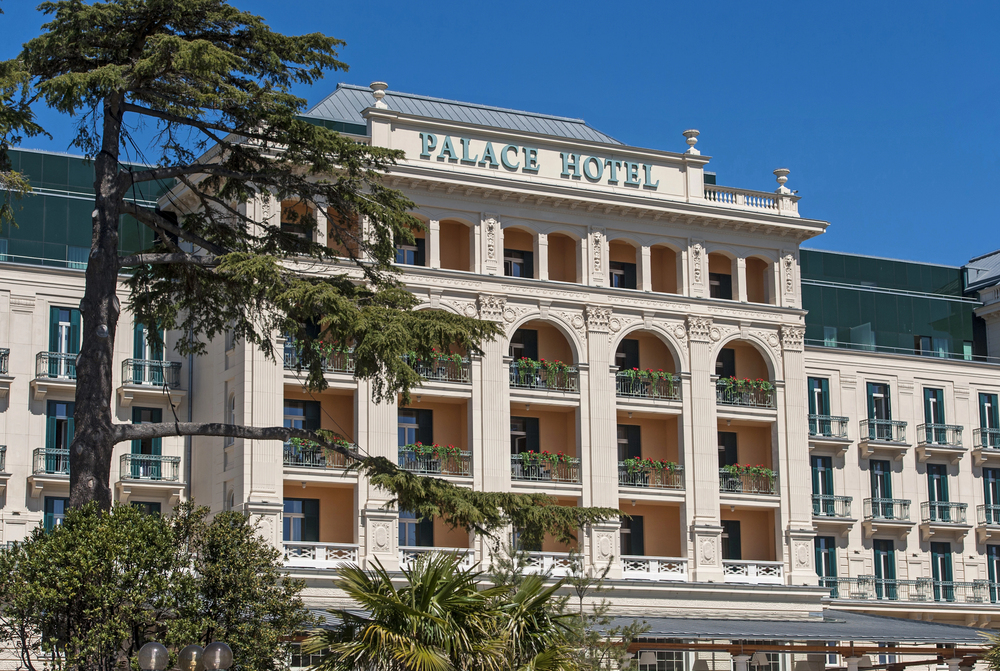
In Patagonia and wine regions like Mendoza, there are lodges and boutique hotels with breathtaking views. Meanwhile, in the north, in Salta and Jujuy, you can find rustic inns and traditional accommodations.
Regardless of your choice, always check reviews before booking. With good planning, your trip to Argentina will be even more unforgettable!
Health and Safety in Argentina
Traveling to Argentina is generally safe and hassle-free, but taking some health and safety precautions can make a big difference in ensuring a smooth and enjoyable experience.
Health in Argentina
Argentina has a public and free healthcare system, including for foreigners. If you need medical care, you can go to a public hospital, though wait times may be long. Private hospitals and clinics offer better services, but costs can be high. That’s why purchasing travel insurance before your trip is essential.
There are no mandatory vaccines required to enter the country, but it’s advisable to be up to date on vaccinations, especially for yellow fever, hepatitis, and tetanus. Tap water is safe to drink in most cities, such as Buenos Aires, but if you’re visiting remote areas like Patagonia or the north of the country, it’s best to opt for bottled water.
Safety in Argentina
Argentina is one of the safest countries in South America, but like any tourist destination, it’s important to stay alert. In major cities like Buenos Aires, Córdoba, and Mendoza, pickpocketing and scams targeting tourists can occur. Avoid displaying valuable items such as phones and jewelry, especially in crowded areas.
When using public transportation, always keep your bag closed and stay aware of pickpockets. It’s recommended to use apps like Uber and Cabify instead of regular taxis, as there have been reports of scams involving counterfeit bills.
If you’re exploring remote areas such as mountains and national parks, inform someone about your itinerary and follow local guidelines.
With a few simple precautions, your trip to Argentina will be both safe and unforgettable!
Final Thoughts
In summary, Argentina is an amazing destination year-round! Simply choose the season that best matches your travel style and make the most of your trip. The country offers a unique combination of culture, nature, and gastronomy, making it one of the best places to visit in South America. Get ready to fall in love with every corner of this fascinating country, and be sure to share your experience after your stay on Argentine soil!

